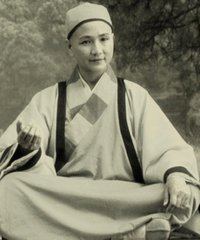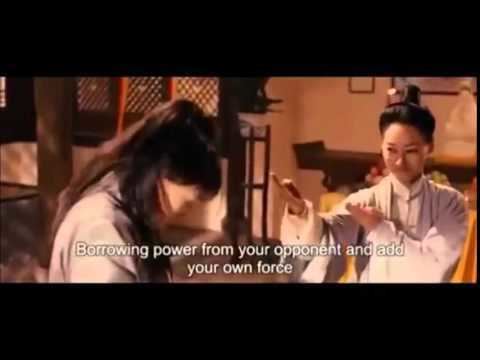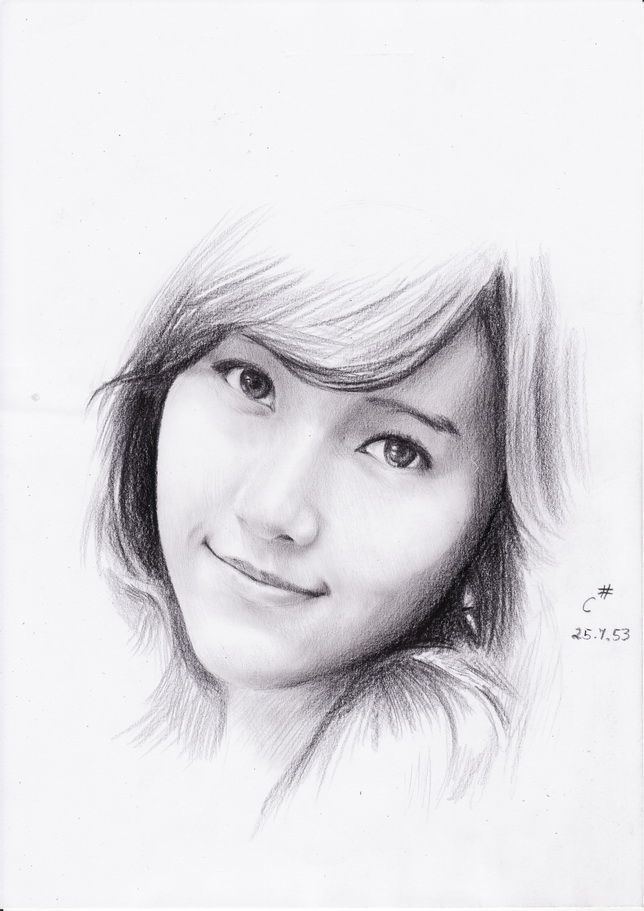Name Ng Mui | Role Martial Artist | |
Similar People Leung Ting, Yip Man, RZA, Method Man, Ghostface Killah | ||
Buddhist nun ng mui teaches yim wing chun
Ng Mui (Chinese: 五枚, Wú Méi; Cantonese: Ng5 Mui4) is said to have been one of the legendary Five Elders—survivors of the destruction of the Shaolin Temple by the Qing Dynasty.
Contents
- Buddhist nun ng mui teaches yim wing chun
- Wu mei ng mui
- Wing Chun
- Five Pattern Hung Kuen
- Dragon style
- W Mi Pi
- White Crane
- References

She is said to have been a master variously of the Shaolin martial arts, the Wudang martial arts, and Yuejiaquan,[1] the family style of Yue Fei. She is also credited as the founder of the martial arts Wǔ Méi Pài[2] (Ng Mui style), Wing Chun, Dragon style, White Crane, and Five-Pattern Hung Kuen.

She has been associated with various locations, including the Shaolin Temple in either Henan or Fujian, the Wudang Mountains in Hubei, Mount Emei in Sichuan, a supposed White Crane Temple, the Daliang Mountains on the border between Sichuan and Yunnan, and additional locations in Guangxi and Guangdong. According to one folk story, she was the daughter of a Ming general.

Wu mei ng mui
Wing Chun

According to the Wing Chun master Yip Man, Ng Mui was residing and studying at the Henan Shaolin Monastery; she managed to survive its destruction by Qing forces during the reign of the Kangxi Emperor (1662–1722). She fled to the White Crane Temple. (which this account locates in the Daliang mountains between Yunnan and Sichuan) where she met a girl of fifteen named Yim Wing-chun whom a bandit was trying to force into marriage. Ng Mui taught Yim Wing Chun how to defend herself by distilling Shaolin martial art knowledge into a system that Yim Wing Chun could learn quickly, and use without developing great strength.
Five-Pattern Hung Kuen

It is believed that the Five-Pattern System was jointly created by the Buddhist nun Ng Mui, and Miu Hin, an unshaved disciple of the Siu Lam Monastery. Through careful observation, and imagination, these two kung fu experts imitated the movements of the creatures—how they jump, how they paw, and how they use their wings, beaks, jaws, or claws, how they coil up, how they rush forward and retreat, and finally they created this kung fu system consisting of movements modified from those of the named creatures, and adjusted the techniques to suit human limbs.
Dragon style

Modern Dragon style historians relate that Shaolin nun Ng Mui, who is said to have originated the Dragon style, was one of the last members of the temple before its first destruction, which they date to 1570 (Chow & Spangler, 1982). The Shaolin Gung Fu Institute of the Pacific Northwest agrees with the date of 1570 for a destruction of the temple and states explicitly that Dragon style was created at the Henan Shaolin Temple c. 1565.
Wǔ Méi Pài
In the Wǔ Méi Pài tradition, Ng Mui—the daughter of a general in the Ming imperial court—fully developed her practical style in the Forbidden City. To develop balance and leg strength she trained on upturned logs, in a pattern she invented. She was traveling when her parents were killed in the Manchu capture of the Ming capital. She took refuge in the White Crane Temple (which this legend locates in Kwangsi Province), and became an anti-Qing rebel, teaching her style only within the Temple. The style uses instantaneous counters, and slower movements from Bodhidharma and Qigong.
White Crane
According to the genealogy of Tibetan White Crane, "Ng Mui" is the Chinese name of the Tibetan monk Jikboloktoto, who was the last generation of transmission before Sing Lung, who brought the art to Guangdong. This account is most different from the others, with a male Ng Mui, the absence of a Manchu menace to flee from and, given the dating of Sing Lung's relocation to Guangdong to 1865, a 19th-century setting.
